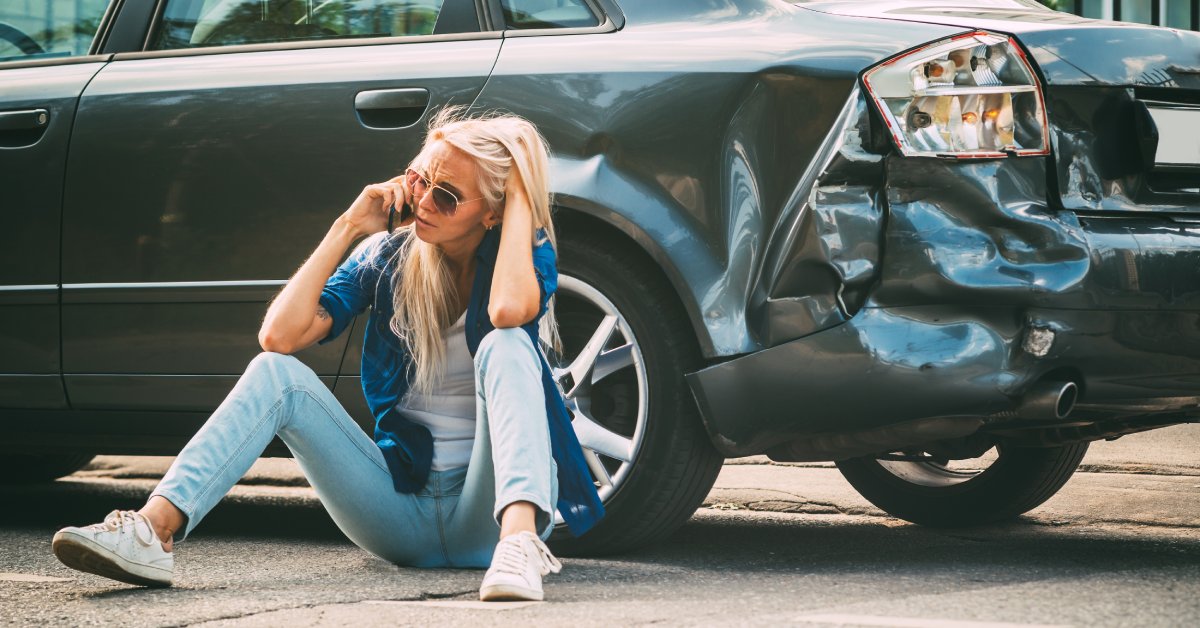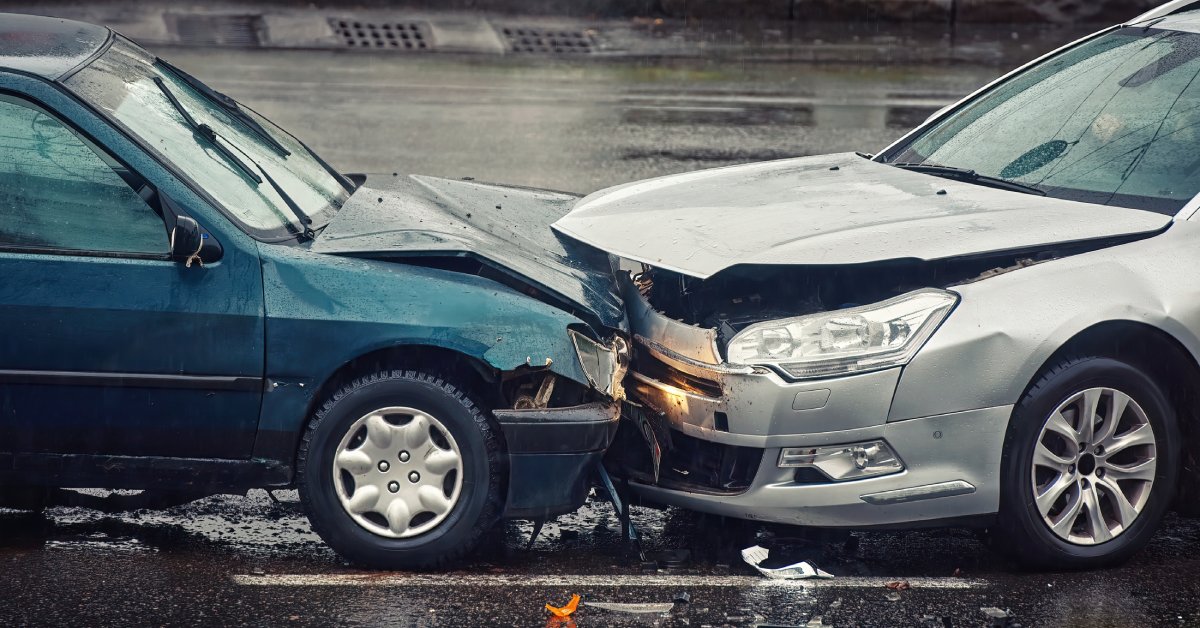
Getting into a car accident can be a stressful and confusing experience. Once you confirm that everyone is safe, your thoughts often turn to your vehicle. How will you fix it? Who is going to pay for the repairs? Navigating the claims process adds another layer of complexity. Fortunately, understanding how car insurance covers repair costs can prepare you for this situation and give you confidence in the process.
Your auto insurance policy is designed to protect you financially after an accident. Different types of coverage handle repair costs depending on the specifics of the incident, such as who was at fault and the extent of the damage. Knowing what your policy includes and how to use it can help you get your car back on the road with less hassle.
This post will walk you through the types of coverage that pay for repairs, the steps of the claims process, and what you can expect when working with your insurer and a repair shop.
What Types of Insurance Cover Car Repairs?
Several types of insurance coverage can pay for car repairs, but each applies to different scenarios. The right coverage depends on whether the damage resulted from a collision, theft, weather, or another event. It also depends on who was at fault.
Collision Coverage
Collision coverage helps pay to repair or replace your vehicle if it sustains damage in an accident with another object. This object is typically another car, but it could also be a stationary object such as a fence, a telephone pole, or a guardrail.
Collision coverage applies regardless of who is at fault for the accident. If another driver hits you, their liability insurance should cover your repairs. However, if they are uninsured or underinsured, or if you are at fault, your collision coverage will be essential. This coverage is usually optional unless you are leasing or financing your vehicle, in which case the lender will likely require it.

Comprehensive Coverage
Comprehensive coverage, sometimes called “other than collision” coverage, pays for damage to your vehicle from events that are not related to a collision. These events include a variety of situations that are often out of your control.
Common examples of incidents covered by comprehensive insurance include these:
- theft and vandalism
- falling objects, such as tree branches or hail
- fire and explosions
- natural disasters, such as floods, hurricanes, and earthquakes
- collisions with animals, such as deer or birds
Like collision coverage, comprehensive is typically optional unless required by a lease or loan agreement. It provides a broad safety net for many unpredictable events that could otherwise leave you with a significant repair bill.
Liability Coverage
Liability coverage is mandatory in nearly every state. It pays for damages you cause to other people and their property. This coverage is divided into two main parts: bodily injury liability and property damage liability.
If you are at fault in an accident, your property damage liability coverage will pay for the other driver’s vehicle repairs, up to your policy limits. It does not cover repairs to your own vehicle; that is what collision coverage is for. Having adequate liability limits is crucial to protect your personal assets in case you are responsible for a serious accident.
Uninsured/Underinsured Motorist Coverage
What happens when another driver who is at fault for an accident does not have insurance or has insufficient coverage to pay for your repairs? This is where uninsured/underinsured motorist (UM/UIM) coverage helps.
Uninsured motorist property damage (UMPD) can pay for your vehicle repairs if you are hit by a driver with no insurance. Underinsured motorist coverage applies when the at-fault driver has insurance, but their policy limits are too low to cover the full cost of your damages. While not required in all states, this coverage offers vital protection against irresponsible drivers.
How Do I Get My Insurance Company To Pay for Repairs?
After an accident, you must follow steps to ensure your insurance company covers the repair costs. The process involves filing a claim, getting an estimate, and authorizing the repairs.
File a Claim
File a claim with your insurance company as soon as possible after the accident. You will need to provide details about the incident, including when and where it happened, how the damage occurred, and the other parties involved. You may also need to submit a police report if one was filed. You can typically file a claim online, through your insurer’s mobile app, or by calling their claims department.
Get a Repair Estimate
Once you file the claim, your insurer will assign a claims adjuster to your case. The adjuster’s job is to investigate the accident and determine the extent of the damage to your vehicle. They will inspect your car to estimate the repair costs. You have a few options for this inspection. Your insurer might send a field adjuster to see the car in person, ask you to take it to an approved auto body shop for an estimate, or allow you to submit photos of the damage through a mobile app. After the inspection, the adjuster will provide an initial estimate for the repairs.
Choose a Repair Shop
Your insurance company may recommend a network of preapproved repair shops. Using one of these shops can often streamline the process, as they have a working relationship with the insurer and can bill them directly. However, in most states, you have the right to choose your own repair shop. If you have a trusted mechanic, you can take your car to them. Just be sure to provide their estimate to your insurance company for approval before any work begins.

Authorize Repairs and Pay the Deductible
After you and your insurer agree on a repair shop and an estimate, you can authorize the shop to begin the work. At this point, you will need to pay your deductible. A deductible is the amount you must pay out of pocket before your insurance coverage starts. For example, if your repair bill is $3,000 and your deductible is $500, you will pay $500, and your insurer will pay the remaining $2,500. You typically pay the deductible directly to the repair shop when you pick up your vehicle.
What Happens if the Repair Cost Is More Than the Car’s Value?
Sometimes, the cost to repair a vehicle exceeds its actual cash value (ACV). When this happens, the insurance company will declare the car a “total loss.” The ACV is the value of your car right before the accident occurred, taking into account its age, mileage, condition, and resale value.
If your car is totaled, the insurance company will not pay for repairs. Instead, they will write you a check for the vehicle’s ACV, minus your deductible. You can then use this money to purchase a replacement vehicle. The insurer will take possession of the damaged car, which will then be sold for scrap or parts.
Your Path to a Repaired Vehicle
Knowing how your car insurance covers repair costs is a key part of being a prepared and responsible vehicle owner. This knowledge empowers you to handle post-accident challenges effectively, and it can help you get the right coverage in the first place to minimize financial strain.
Are you confident your current auto insurance policy provides the protection you need? If you have questions about your coverage, don’t wait until it’s too late. Contact Saferoad Insurance today to review your Southern California insurance options and get a personalized quote.
